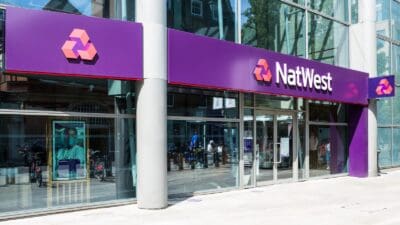 Standard Chartered (LSE: STAN) took a tumble on the release of third-quarter results on 28 October, slumping 111.8p (10.2%) to a five-year low of 983.2p, before recovering a little by the end of the day.
Standard Chartered (LSE: STAN) took a tumble on the release of third-quarter results on 28 October, slumping 111.8p (10.2%) to a five-year low of 983.2p, before recovering a little by the end of the day.
The big problem was a profit warning packaged with the news, and the Asia-focused bank now says it is not going to grow its profits in the second half as it had previously hoped.
The nine months to the end of September brought in a 19% fall in pre-tax profit to $4,798m, with the third-quarter figure down 16% to $1,530m, although operating income did improve by a modest 1% in Q3.
More impact to come
As well as a general Asian slowdown, Standard Chartered also has some pretty bad problems of its own in South Korea.
Of the company’s planned restructuring, chief executive Peter Sands told us that “some of these actions will impact near term performance“, adding that the firm is targeting $400m in productivity improvements for 2015.
Although the City seems to have been unprepared for the bad news, the only real surprise is that it came as such a surprise to the company’s management. Many, who have been critical of Mr Sands and the rest of the board for some time, will see this as a failure to foresee what should have been clear to them, and perhaps a somewhat naive approach to Korea which seems to have had at least a small element of “let’s hope it goes away” to it.
The final quarter may well now come in under current expectations, but after all the bad news, are we looking at an oversold bargain in Standard Chartered shares?
Superior performance
Well, over the past 10 years, an investment in Standard Chartered would have provided an overall return of 95% with all dividends reinvested, while regional competitor HSBC Holdings would only have given you 28% — so it’s clearly been more than adequately managed during the financial crunch years. The big question is how well-managed it is now, as shareholder satisfaction has been wilting for some time.
After the price drop, Standard Chartered shares are on a forward P/E for 2015 of only 9 — although that does not yet echo any possible downgrades for 2015 forecasts.
But it is still significantly better than HSBC’s forward multiple of 11 for the same year, although forecast dividend yields are a little lower around 4.8% compared to a bit over 5% (but Standard Chartered’s cover is looking better).
What will the future bring?
Pain before gain
More pain, I think, before we see a return to happiness, and my feeling is we’ll see another downgrade before the end of the year with business in Korea being slower to turn around then suggested. And a year from now I’ll be surprised if the current board of directors is unchanged.
But for patient long-termers, we could be looking at promising recovery play here.







